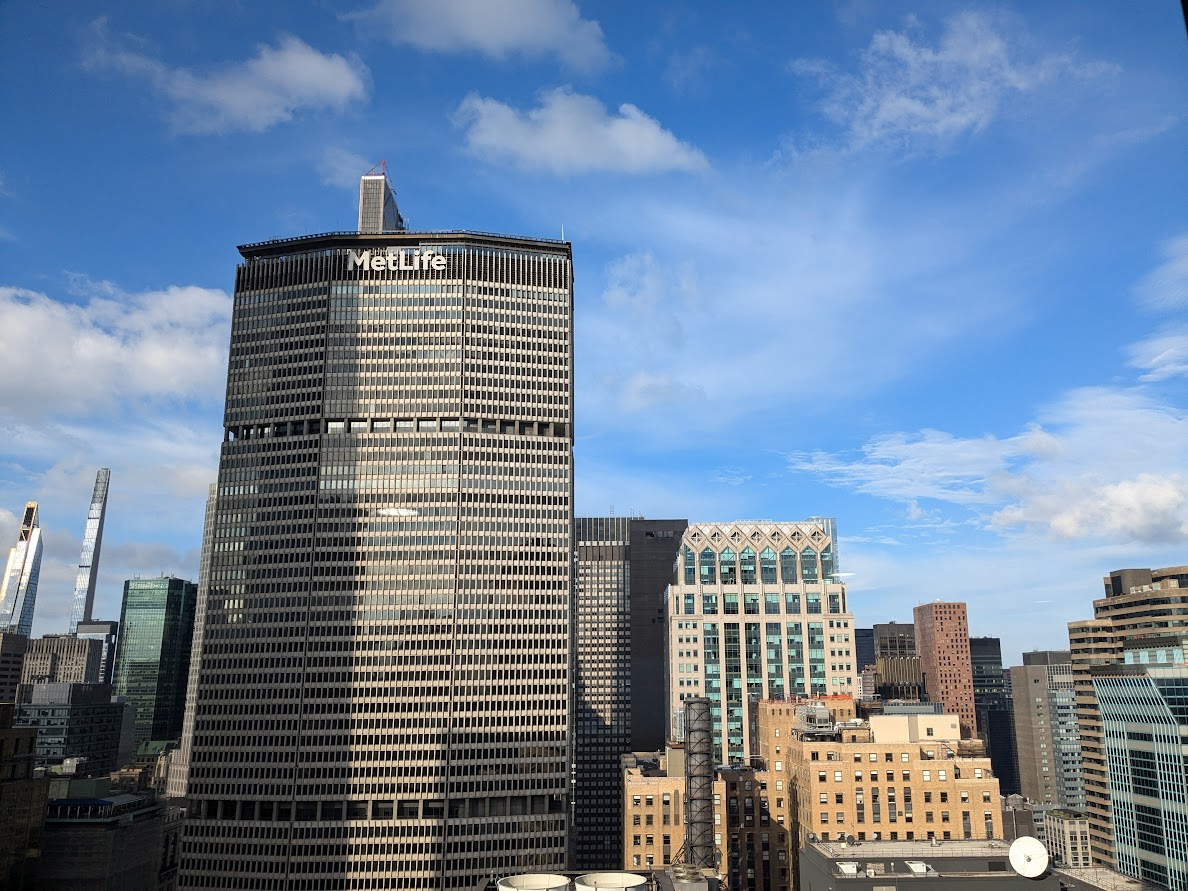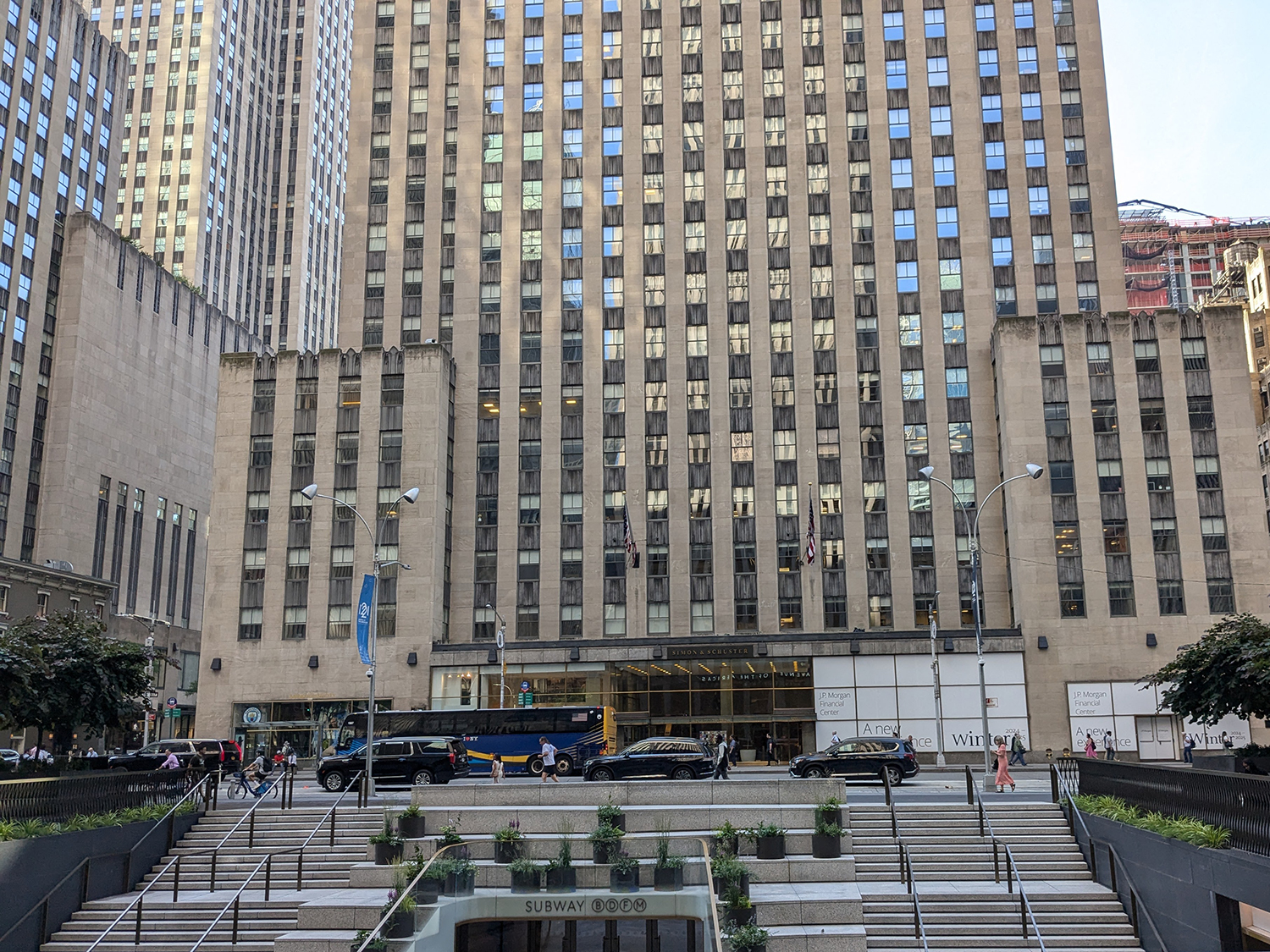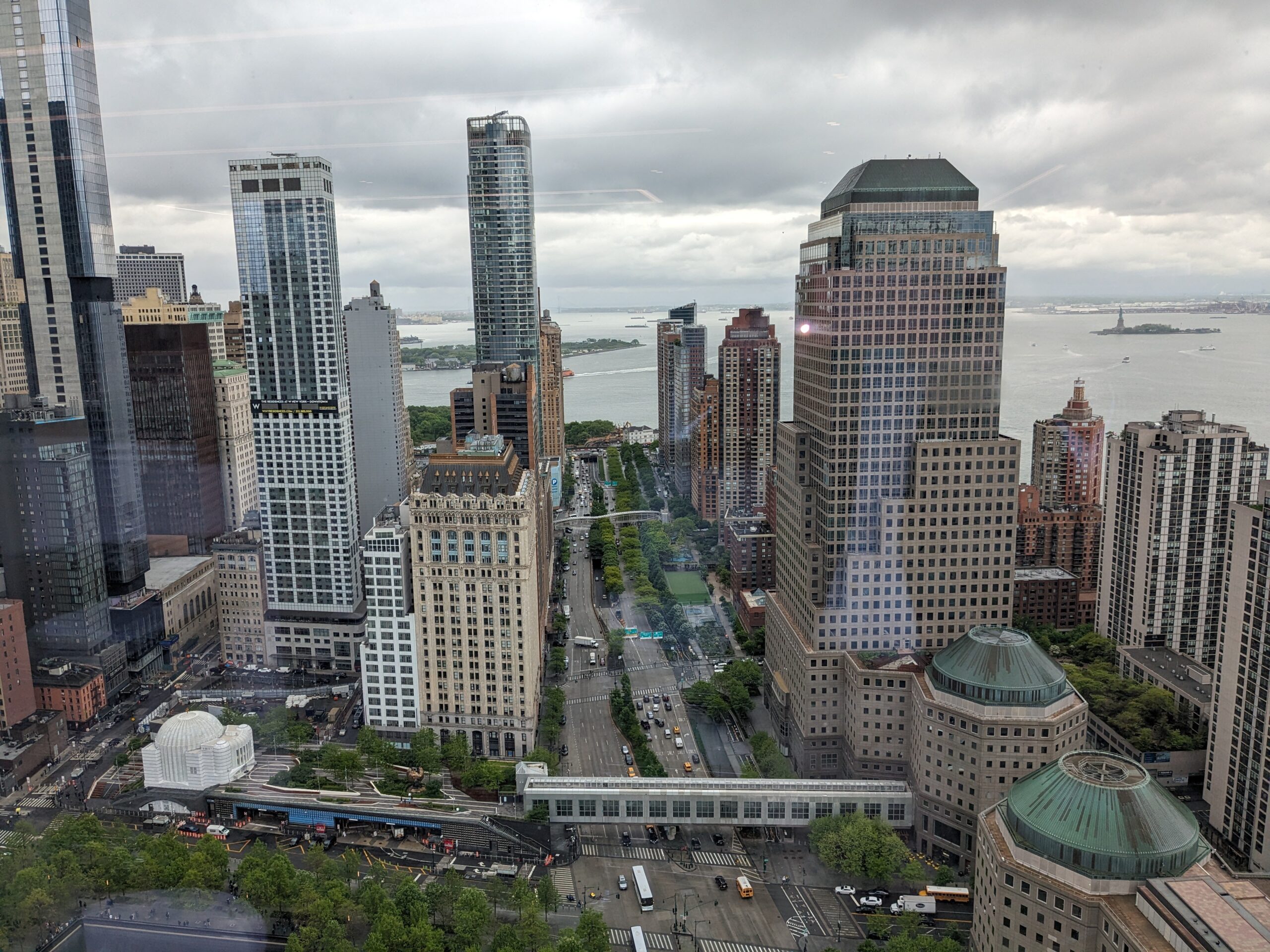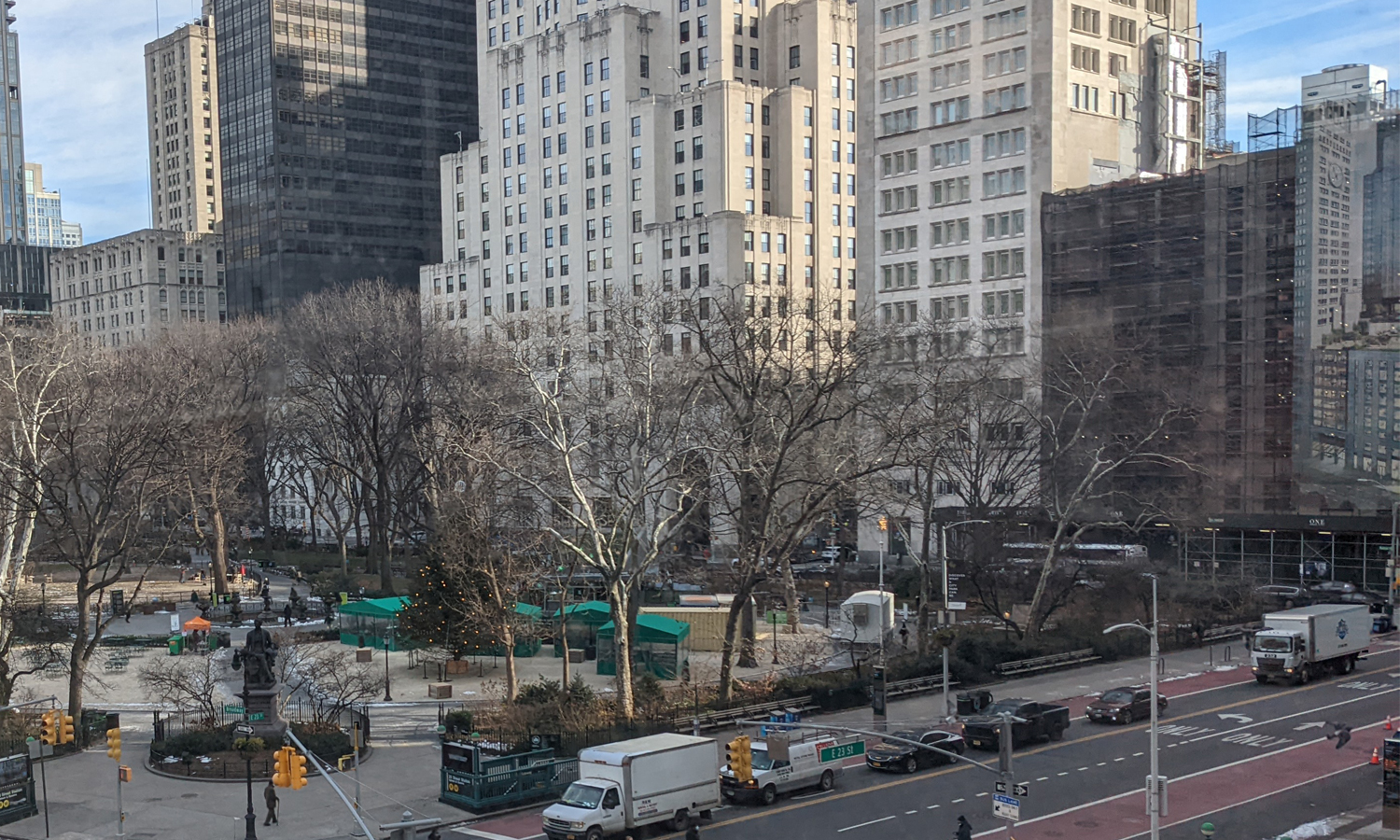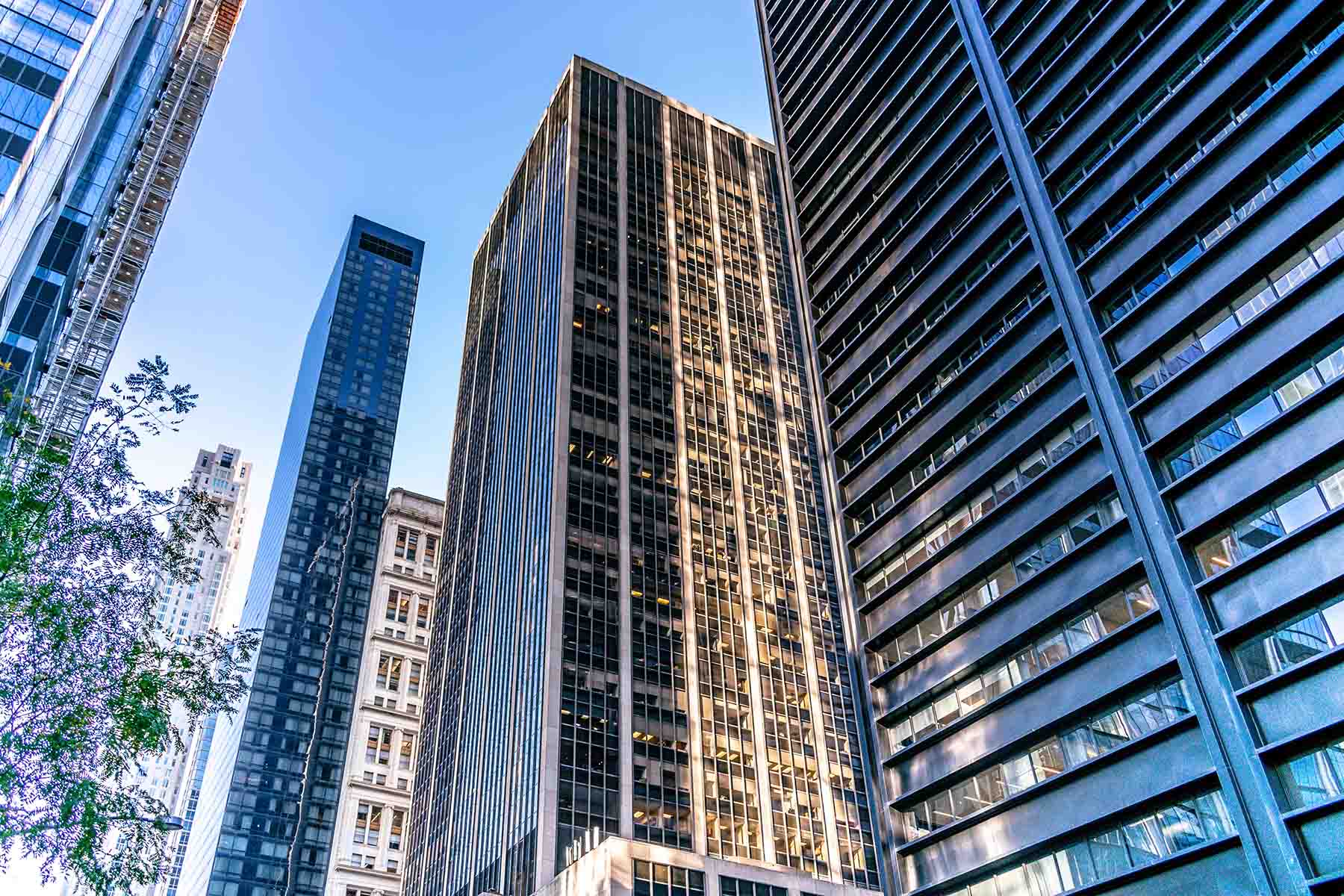History
In the early 90’s, New York City was in a major recession, businesses were downsizing or vacating their premises. As a result, there was a surplus of commercial office space on the market. Developers had built speculative buildings such as World Wide Plaza, Carnegie Tower, 1177 Avenue of the Americas, adding to the oversupply of commercial space. Landlords were having a hard time leasing the newly developed space. At that time, 85% of tenants had approximately fewer than 20 employees and leased between 1,000 to 5,000 rentable square feet. There were a limited number of configurations that would accommodate these small tenants. Small tenants did not want to spend the time nor the cash to go through the construction process. Therefore, landlords began building “pre-built” office suites, where the landlord builds out a turn-key installation prior to leasing it. Tenants then would only need to purchase furniture, wire the space, and move in.
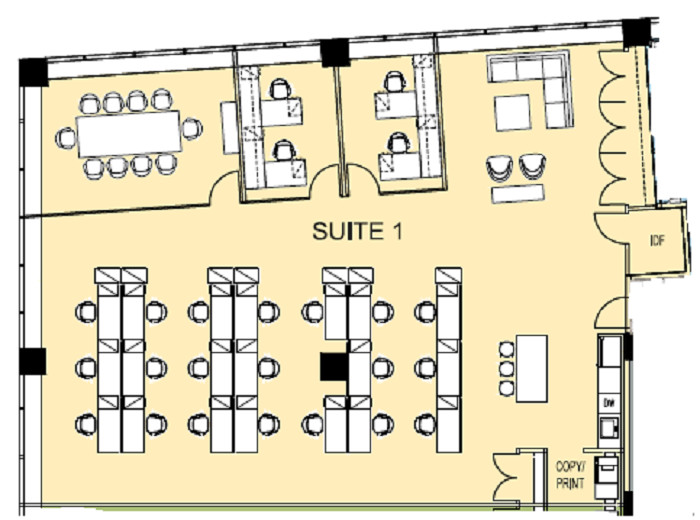
Pre-builds began to lease faster than raw spaces, and the landlord would get premium rents for these pre-built units.
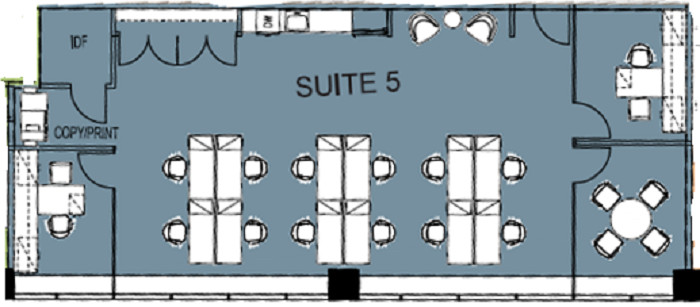
TODAY’S MARKET:
In today’s market, landlords are still marketing pre-built units ranging from 1,000 to 35,000 rentable square feet. However, they are far more modern and sophisticated than before. Pre-built units can include larger reception areas, glass conference rooms, wood floors, full pantry including stainless-steel appliances. This new stylish pre-built design is costing the landlords anywhere between $60.00 to $100.00 per rentable square foot, depending on the quality and amenities offered. Therefore, the larger the pre-built unit the greater the landlord’s risk.
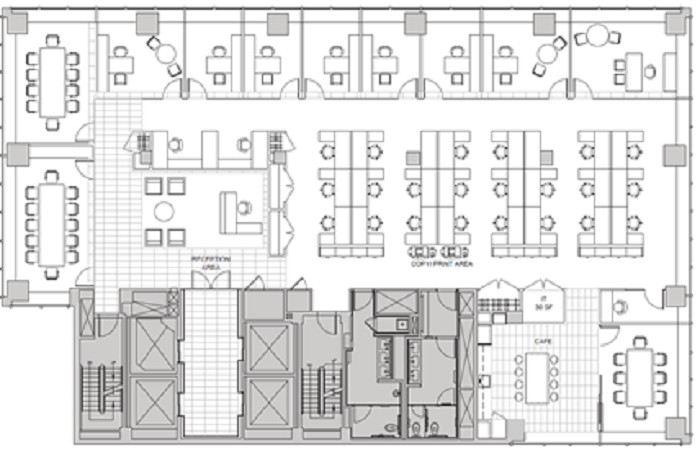
If you are considering leasing a pre-built office, there are a few issues that you and your team (i.e. your project manager, architect, engineer, lawyer, and IT consultant) need to evaluate before leasing the space:
Landlord’s Motivation:
Why is the landlord implementing a pre-built program? For example, is it because the space is meant to be expansion space for another tenant? If this is the case, then you may need to move again in a short period of time. Is it because he wants to sell the building and will achieve a better price with a higher occupancy rate and a great cash flow? In this case, tenants need to make sure that they protect themselves in the lease and everything is clearly stated in the lease to prevent conflict with the new owner.
Physical Layout:
You will want to determine how many employees you will be able to fit in the space, your architect can provide a test-fit to determine this. The test-fit will also determine if the space is sufficiently wired for both power and data. Sufficient wiring is as important as having enough space so that the tenant does not bear the burden of installing additional wiring. Also, have your architect to look at the lighting plan to make sure there is adequate lighting at the desks and workstations.
Heating Ventilation and Air-Condition (HVAC):
How does the HVAC system work? Is it a building system, where the landlord provides heat and air-conditioning during business hours? What is the cost of overtime for HVAC? Is the system a package unit controlled by the tenant? Who pays the electric? How is the system designed, can you cool certain areas at different temperatures? Does the server room have a supplemental HVAC system?
Materials:
Tenants need to know what materials are used to construct the space. For example, if the space is carpeted, what is the ounce of the carpet? Heavier carpet lasts longer and is more durable. For example, an 18-ounce carpet might last for 3 to 5 years whereas a 26-ounce carpet could last for 7 to 10 years. Open ceilings are highly desirable and fashionable now, but how do you reduce sound and create a productive work environment?
Following are some examples of finishes used in today’s market:
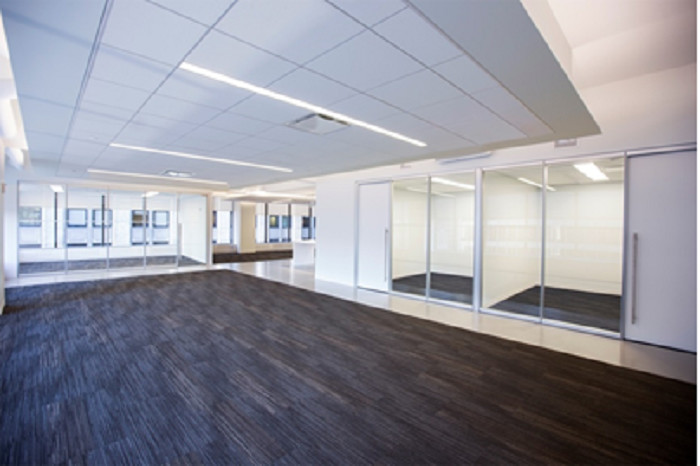
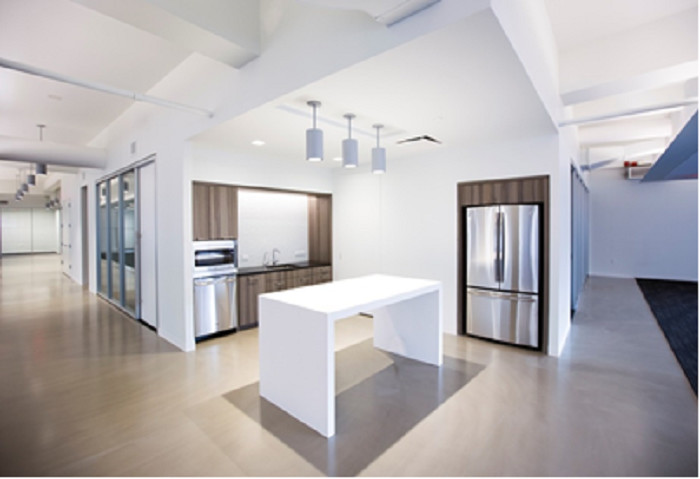
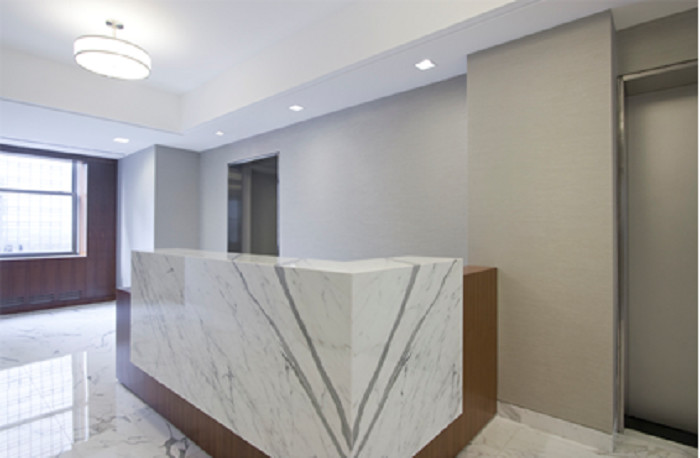
A pre-built, when built correctly, can be the right choice for a tenant if the tenant can fit properly. It reduces the resources of time, effort, and money a tenant must invest. The security deposit may also be reduced since the landlord has already invested capital in a one-size-fits-all program as opposed to a custom build. Landlords have the expectation to be able to re-use a pre-built for the next tenant with minimal work. However, it is still necessary to have your team (project manager, architect, engineer, lawyer, IT consultant) make sure the landlord’s one-size-fits-all, fits your business requirements.


